Bashing around the neighborhood with friends or at the local baseball field can be a blast. But, if you are new to the R/C world, it may be a bit intimidating. Getting in to R/C bashing is pretty straightforward and we are going to lay out and describe all of the components that you will need.
Transmitter (a.k.a radio or controller)
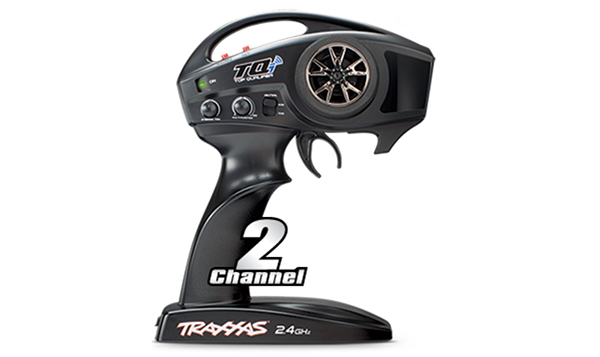
The transmitter is the part of the package that you use to control the vehicle. Typically this is a pistol-grip style controller as seen to the left is used for ground and water based vehicles while the dual stick radio systems are used for airplanes, drones and helicopters. The Traxxas TQI 2-Channel RTR radio works on a 2.4 GHz frequency and is can be equipped with bluetooth.
Electronic Speed Controller (a.k.a ESC or speedo)
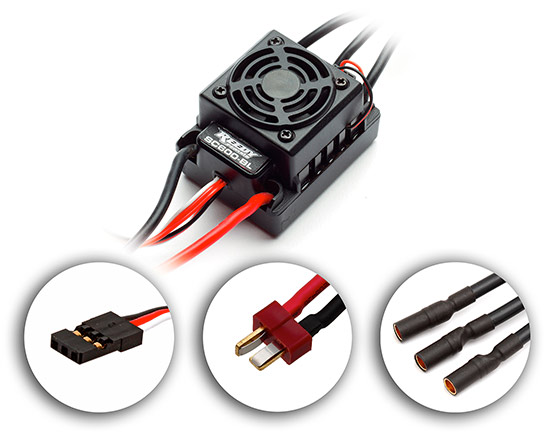
The electronic speed controller is the power delivery brain for the vehicle. This component is fed the changes in the transmitter throttle via the receiver and applies the correct power to the motor in order accelerate or slow down. Now this power delivery varies slightly depending on brushed vs. brushless motors, but conceptually the functionality is the same. The Reedy SC600-BL is a powerful racing-level ESC packed in to an RTR.
Steering Servo

Pretty self explanatory. The steering servo gets a signal from the transmitter via the receiver and turns left or right. The one thing to note is that steering servos can come with metal internal gears in order to make them stronger and more resilient to damage on vehicles with large tires. This SPEKTRUM S605 server is an example of a metal gear servo.
Receiver
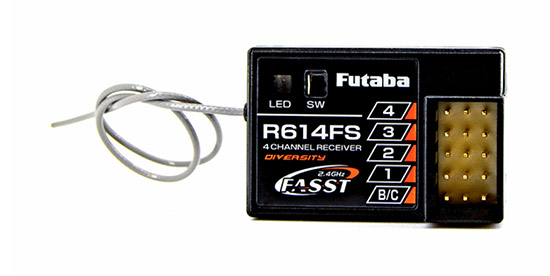
The Receiver is like the translator that converts the radio transmission signal into a signal that the servo and ESC can understand. It essentially tells the steering servo to move left or right and also tells the ESC to speed up or slow down the motor. Additionally, some receivers have more than two channels like this Futaba R614FS that could be used to control other items on the vehicle. LEDs for a rock crawler comes to mind.
Battery
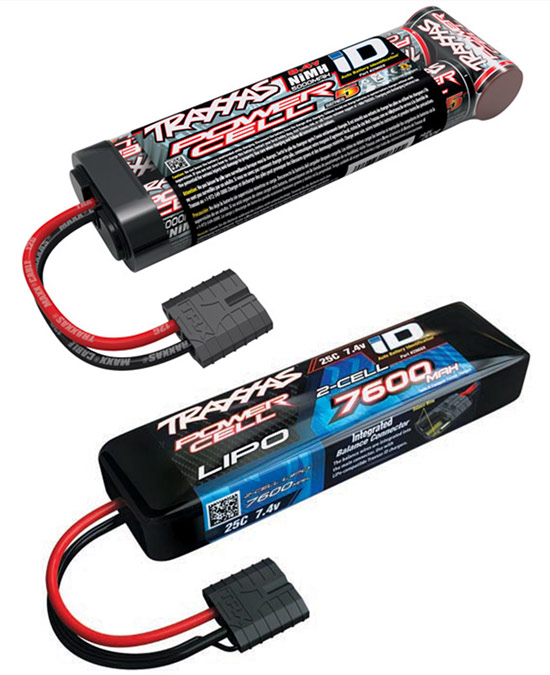
The battery is another part of the package whose job is fairly obvious, but the type of batteries can vary greatly. Nickel metal hydride (NiMH) batteries c-sized cells that are soldered together in series in order to supply power to the vehicle. Lithium Polymer (LiPo) batteries are much newer to the R/C scene and are more tolerant of frequent charging and discharging. Traxxas iD technology allow iD-equipped chargers to auto-detect the type of iD battery being charged and set the charger accordingly. NOTE: Care should be taken when charging or discharging NiMH and LiPo. Strict adherence to the printed guidelines for the battery packs is critical to avoid damage or even fire. LiPo charge bags are a very protective and should be used at all times. It is also important to ensure the battery is the correct size and power for you vehicle, motor, esc combination.
Charger
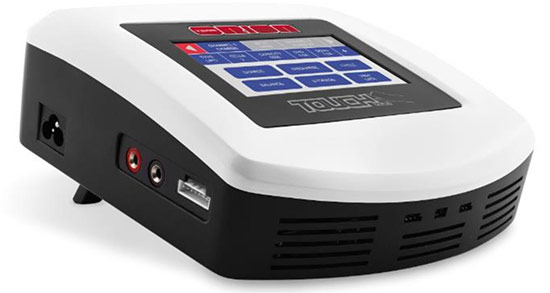
Battery chargers are necessary to keep batteries charged and they can also provide other functions like discharging battery packs or balancing LiPo packs. They can be AC (plug in to wall), DC (connect to car battery or cigarette lighter) or both. Additionally, some chargers can charge more than one battery at a time. The Touch Duo from Team Orion has an easy to use touch screen interface, battery memory and can charge two batteries at once.
Now I know this sounds quite overwhelming and expensive, but Ready-to-Run vehicles from many manufacturers come with many of these components out-of-the-box and some come with ALL of the components.


















